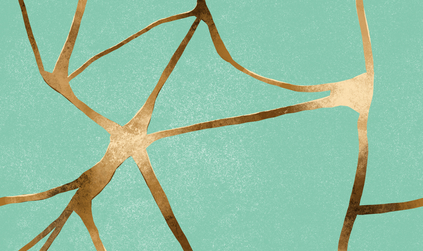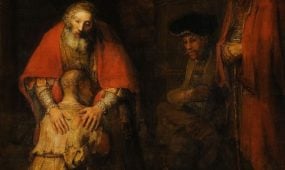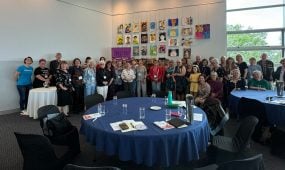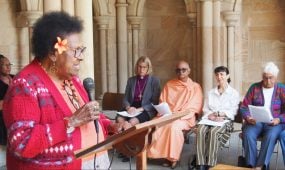Beautiful mosaics are made of broken pieces
Reflections
“I think we can use our God-given volition and creativity to craft with God a new and beautiful mosaic, with each of us encouraged to participate,” says The Rev’d Andrew Schmidt, inspired by the Japanese art of Kintsugi

I saw this quote attributed to poet Lori Jenessa Nelson “…but beautiful mosaics are made of broken pieces,” and it reminded me of the idea behind the Japanese art of Kintsukuroi or Kintsugi. This is the art of repairing broken pottery with lacquer mixed with powdered gold. The beauty in this art form is that it brings together a vision of a new possibility, a practice and broken pieces, in order to create a new and beautiful whole.
Advertisement
In the Church there is the idea that what we do in a service bridges the practice of heaven and that of our day-to-day engagement in the world. Our picture of the practice of heaven is, of course, informed by the earthly actions of Christ in the gospels. One small example is that we recall that Jesus healed through touch and prayer, and consequently in most of our services we pray for those in need of healing, reaching out to those around us and healing the tears that occur in all communities.
We also recall that Jesus was broken on the cross, and that he broke bread with his friends the night before his crucifixion. This is recalled in many of our worship services, where we are encouraged to participate in our brokenness and receive the broken pieces. This process is remarkably similar in many ways to Kintsugi, in that we see the body of Christ being the broken pottery.
Assuming for a moment that the process can be simplified and assuming we can describe the process as a ‘vision and practice’, I think we can use our God-given volition and creativity to craft with God a new and beautiful mosaic, with each of us encouraged to participate.
This participation comes not by hiding from brokenness, but by acknowledging it, entering into it, and practising the art of thanksgiving, so that we might continually be reformed as signs of God’s artistry in this world.






